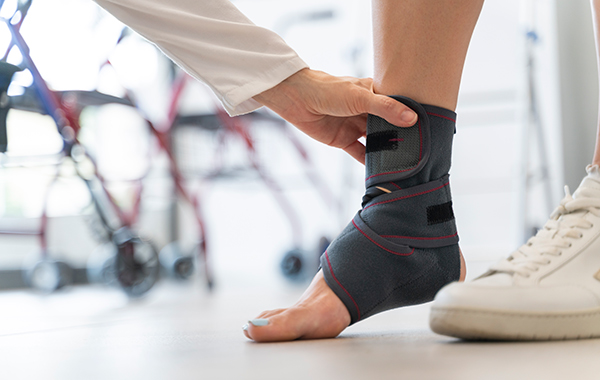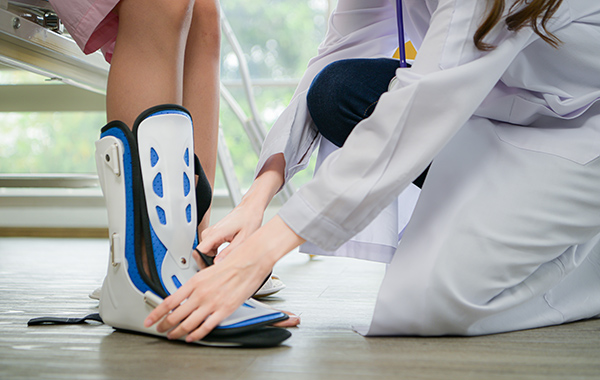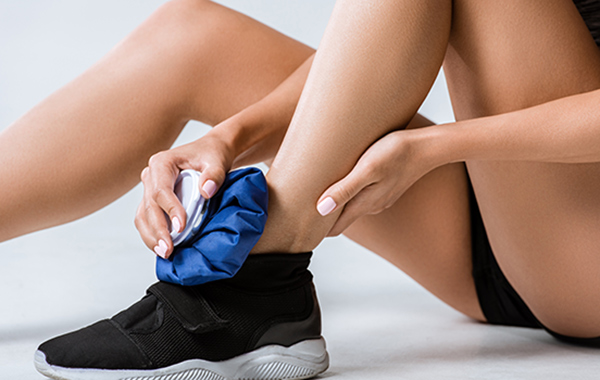Casting
Contrary to popular belief, casts aren’t just for broken bones. They are also used for patients recovering from surgery, healing fractures, or soft tissue injuries.
Why wear a cast?
While walking or playing sports, our feet may support pressures up to 3 times our body weight. Exposing areas of injury to such forces slows down the healing process and causes injuries to heal poorly or not at all.
A cast does not heal your injuries on its own. Its primary purpose is to provide your body time and space to heal. By providing external support to the injured region of the body and minimising movement, the cast reduces stress on the injury and allows the body’s natural healing to take place more quickly and with fewer complications.
Casts also play a role in pain management. Injuries such as fractures and injured tendons and ligaments can cause great discomfort. Immobilising the foot and restricting movement helps to relieve pain, reduce swelling and muscle spasms.
Casts also help to protect patients. Most casts are hard and can resist impact, preventing further trauma to your injury. They also act as a visual reminder for those you, reminding them to be mindful and more careful around you.

Types of cast

CAM Walker boots

Compression Casts

Splints
Applying and removing a cast
Application
First, a stockinette is placed over the area to be casted. This is followed by a layer of cotton padding to protect the skin. The casting material, soaked in water, is then wrapped tightly around the injury. Once it dries, it hardens into a tough protective layer.
Removal
Since the cast is hardened, it requires specialized cutting tools like a cast saw or cast shears for removal. There is a minimal risk of discomfort or injury during this process. It’s important to stay calm and avoid sudden movements to help the person removing your cast concentrate. If you feel any heat, pain, or discomfort, inform your healthcare provider immediately.
What are the things to look out for?

Follow your healthcare professional's advice.
Keep your cast dry.
Avoid scratching under the cast to prevent infection or sores.
Keep the area around the cast clean and moisturised to prevent irritation.
If you notice a bad smell or bleeding, consult your clinician promptly.

Elevate your injured arm or leg above your heart for the first one to three days to help reduce swelling.
Move your uninjured fingers or toes regularly to promote blood flow and prevent stiffness.
Use caution when icing the cast to reduce swelling; place a waterproof barrier between the ice pack and the cast. Bags of frozen vegetables can also be used.
Book your initial podiatry visit
hello@nofrillspodiatry.com
Phone
9007 1085
Open Hours
Mondays - Sundays: 9am-6pm
We're Here Whenever You Need Us
hello@nofrillspodiatry.com
Contact Us
9007 1085
Open Hours
Monday-Sundays: 10am to 7pm
Address
About
About Us
Symptoms We Help With
FAQs
Careers
Contact Us